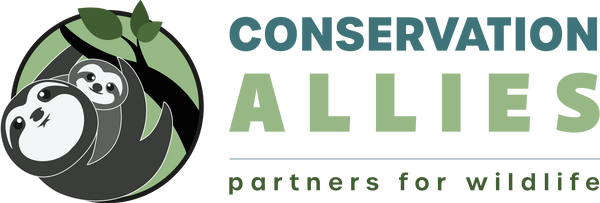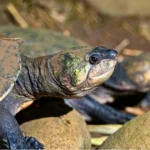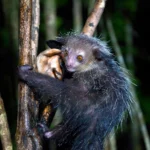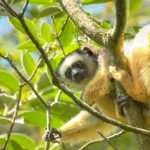Small non profits like Kawsay Biological Station face significant challenges due to limited funding. However, with a grant from Conservation Allies, Kawsay has been able to overcome obstacles such as dangerous river crossings and logistical difficulties. The grant enabled the construction of a bridge and a workstation, vastly improving access to research areas and enhancing operational efficiency.
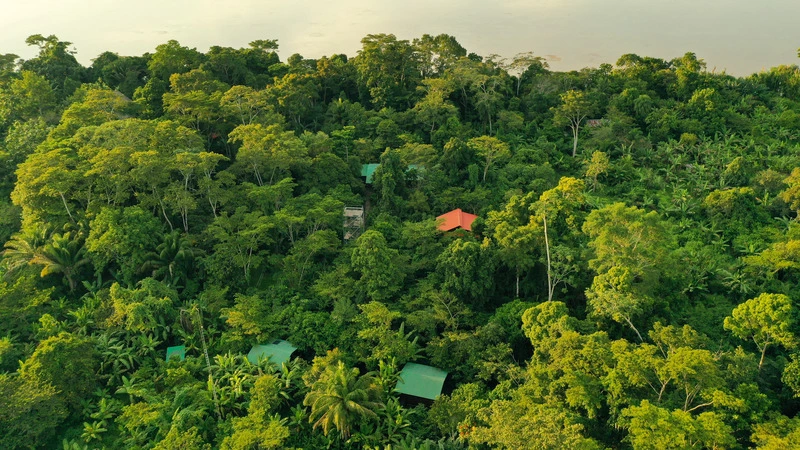
In the dense jungles of the Peruvian Amazon, conservation efforts often face challenges as diverse as the biomes they work to protect. Conservation Allies partner, Kawsay Biological Station, is a Peruvian biodiversity conservation non profit, situated in the buffer zone around the Tambopata National Reserve, that specializes in Spider monkey research. Small, local nonprofits like Kawsay often find themselves underfunded, navigating treacherous landscapes, both literal and financial, in their work to protect their region’s wildlife. They must compete with large, internationally recognized conservation organizations for support— an ongoing uphill battle. However, the story of Kawsay is a testament to the transformative power of adequate support and funding.
Imagine researchers having to swim across a raging river, their equipment precariously balanced on their backs, just to access vital research and patrol areas. This was the reality for the dedicated team at Kawsay Biological Station until August 2023, when a grant from Conservation Allies made it possible to construct a bridge spanning the river. Construction of the bridge was recently completed, allowing Kawsay staff and volunteers to cross the river safely so they monitor wildlife and carry out essential conservation activities without risking their lives.
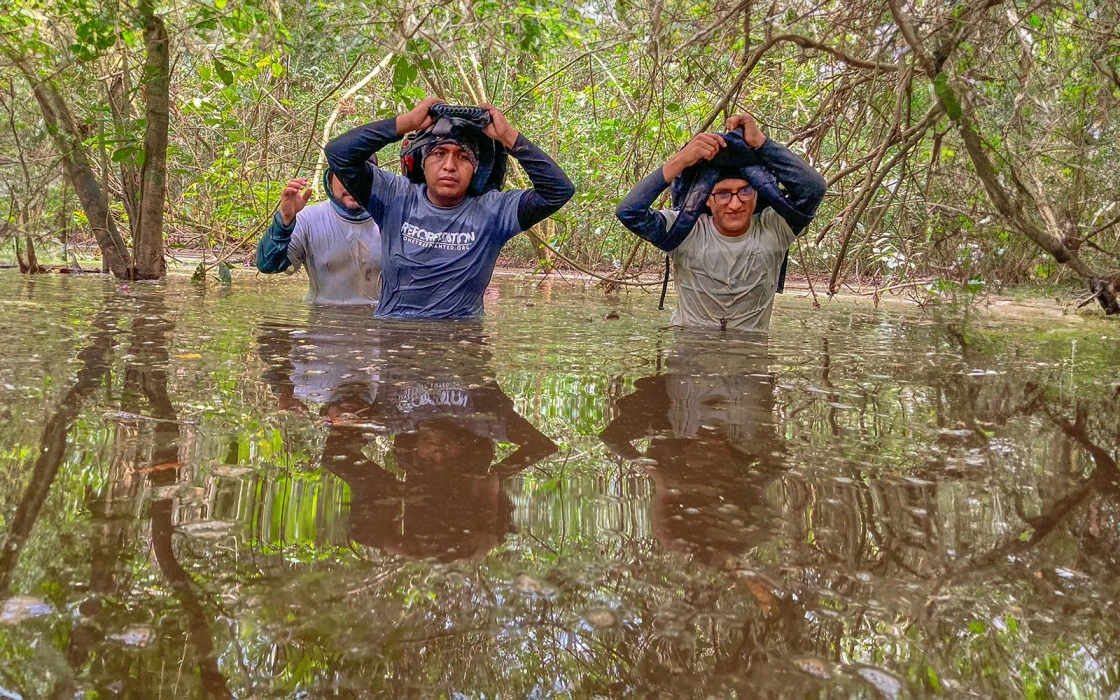
Moreover, the construction of a workstation (also funded by a grant from Conservation Allies) near the research area has been a game-changer for Kawsay. Previously, researchers had to trek nearly 4 miles back to the main station at night and return to the research site the next morning. This logistical challenge consumed valuable time and limited the effectiveness of their patrols and research efforts. With the new workstation in place, equipped to store essential gear and provide shelter for researchers, Kawsay has significantly increased its operational efficiency. Researchers can now spend the night closer to the field site, maximizing their presence in the area and enhancing their ability to detect and respond to threats such as hunting and logging activities.
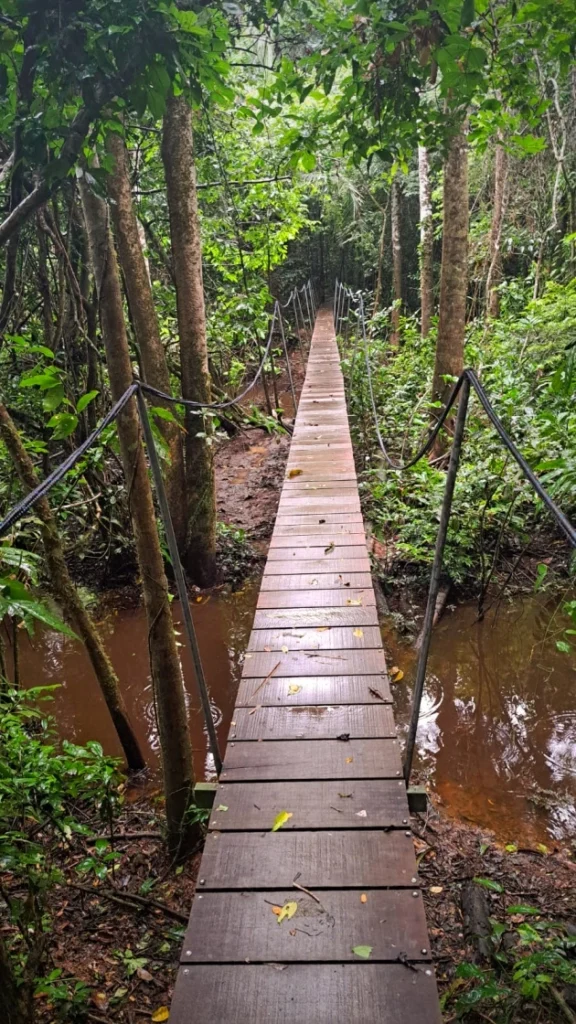
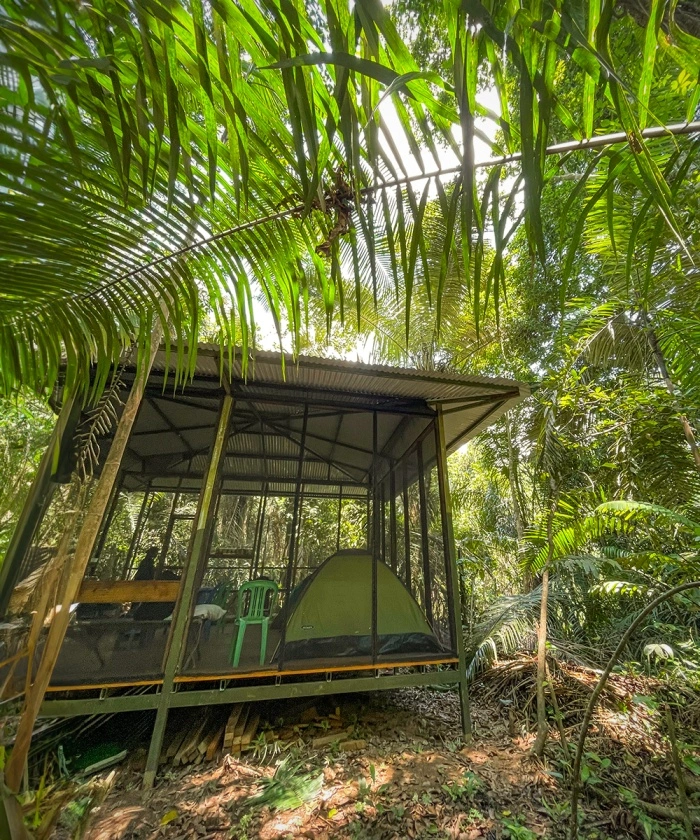
The impact of these infrastructural improvements extends far beyond convenience. By enabling Kawsay to operate more effectively in the field, the grant has improved scientific understanding of the wildlife of the region, which will better future conservation strategies for animals such as the Endangered Black spider monkey.
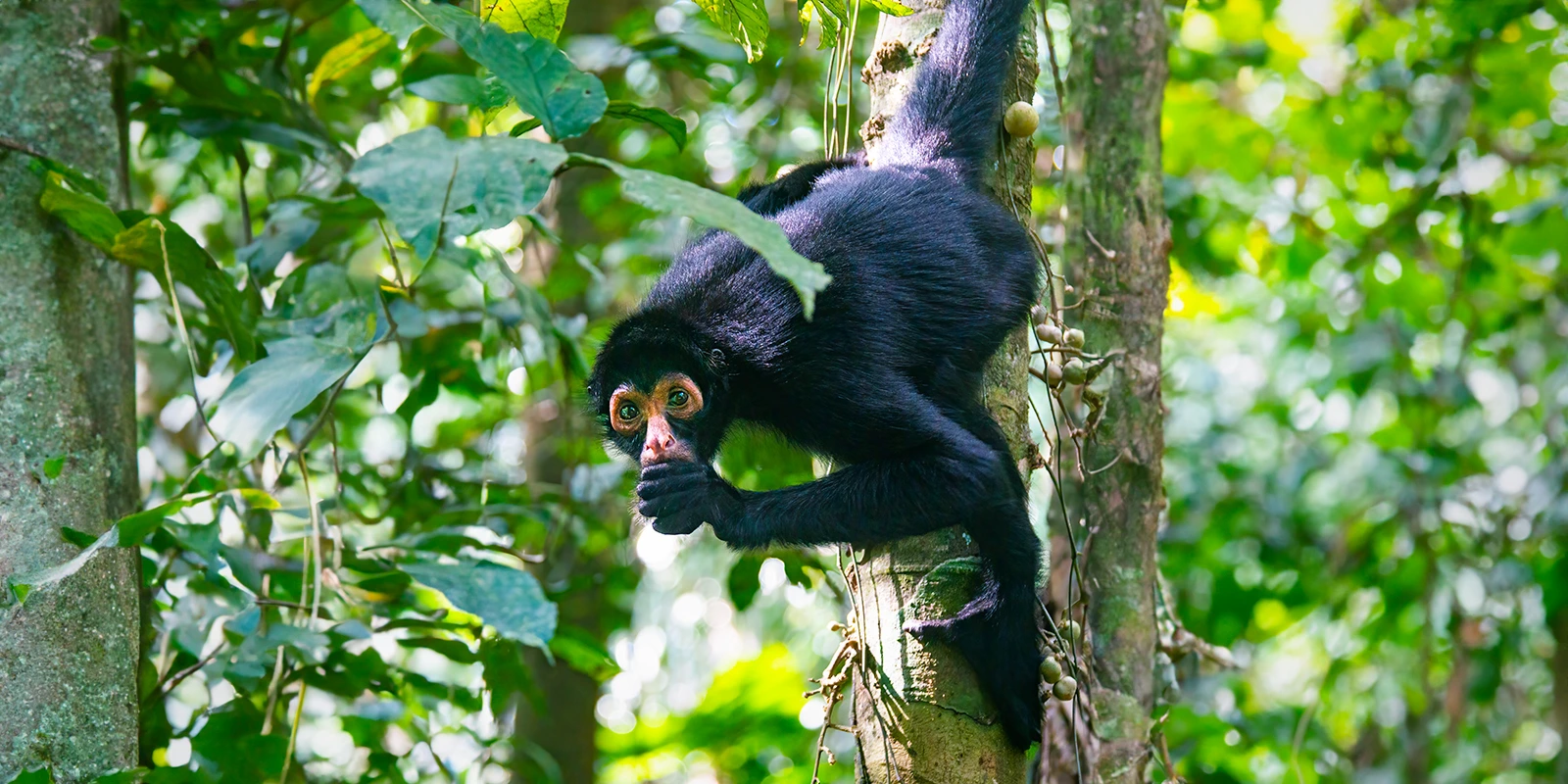
This success story underscores the importance of supporting lesser-known, but highly effective, conservation non profits like Kawsay Biological Station. By providing them with the resources they need to overcome challenges and realize their vision, we can play a vital role in preserving our planet’s biodiversity for future generations.
